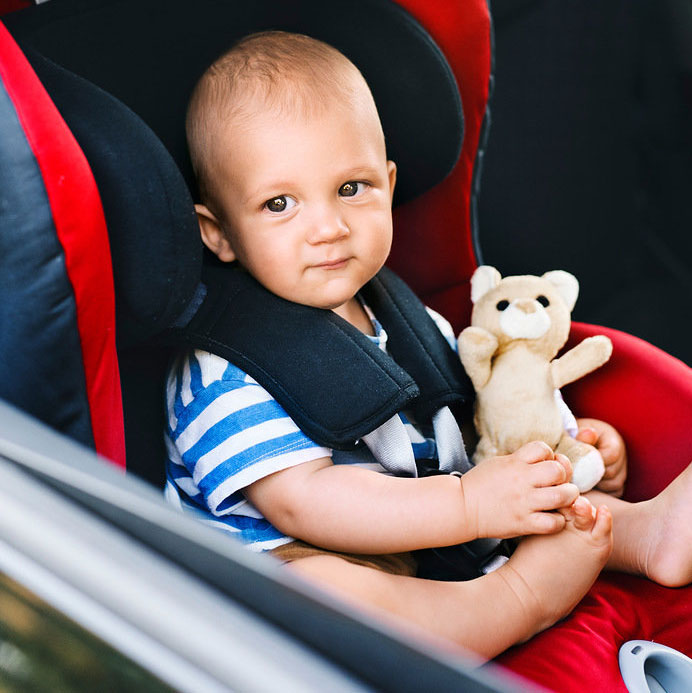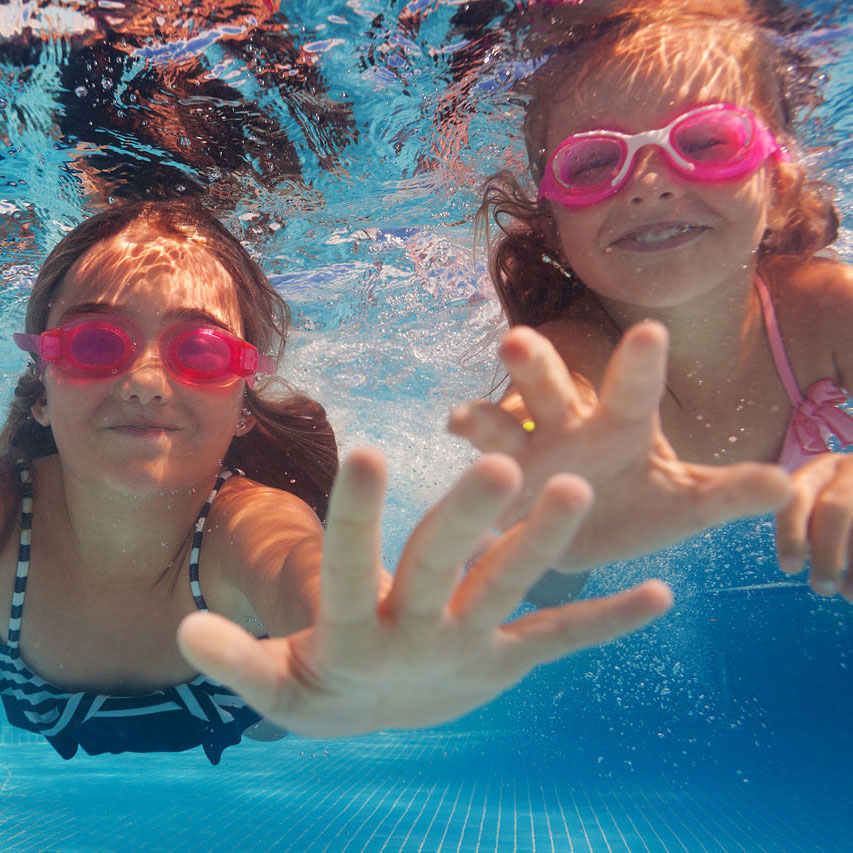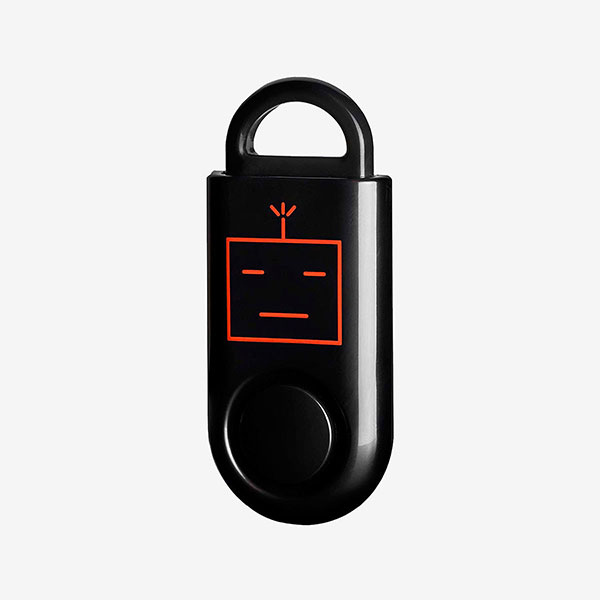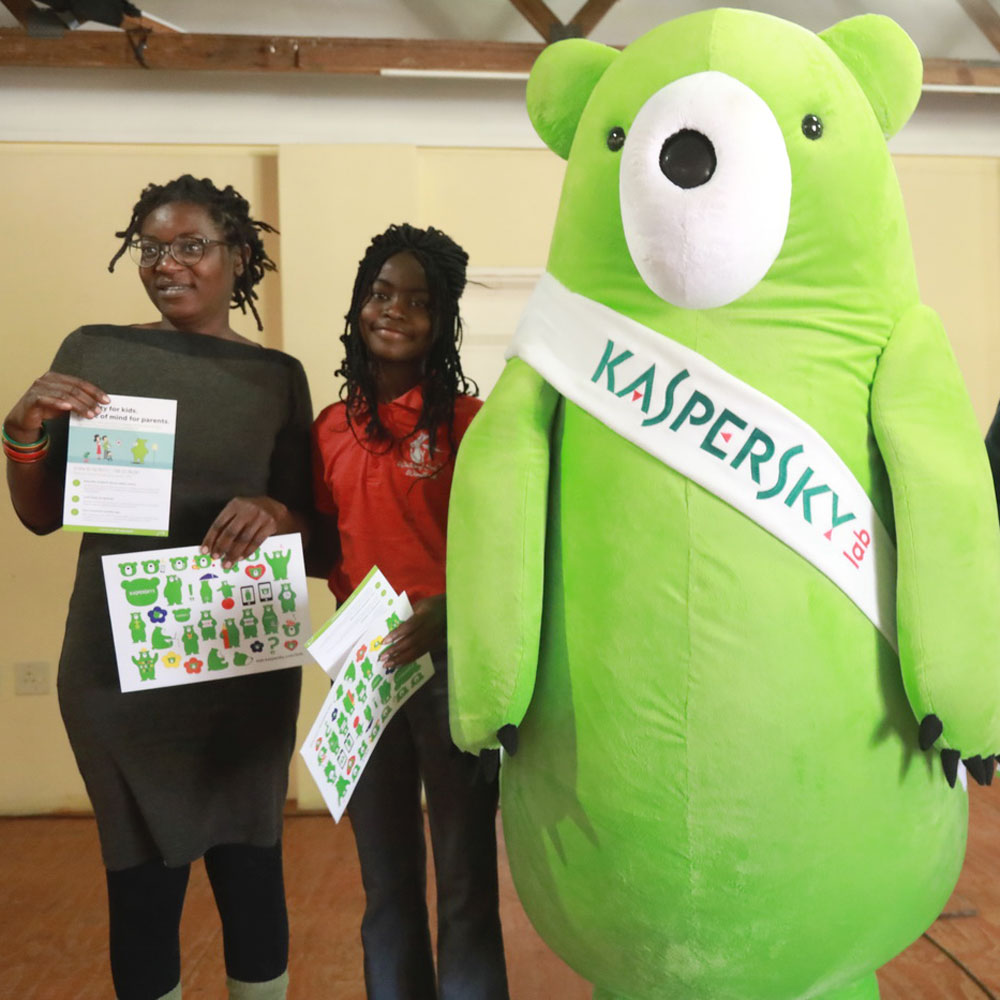In the summer of 2018, Lida Erasmus from South Africa endured one of the worst nightmares any mother could experience. Her teenage daughter left home one weekend with a young man and didn’t return. Her daughter’s phone was switched off and Lida was literally losing her mind searching for her daughter. At that point technology came to the rescue: when Lida bought her daughter a smartphone, she installed the Kaspersky Safe Kids app on it. Next morning the child's phone was switched on. Thanks to the app, within five minutes Lida had located her daughter on the map and drove out to pick her up.
There are already loads of products on the market that allow you to monitor your children without being around them night and day. One such example is a set of sensors you can place in a child's bedroom that will indicate whether the windows and doors in the room are closed. Baby monitors and other connected devices from the digital world make it easier to ensure that babies are never left unattended, allowing parents to keep an eye on them at all times.
The motto of the startup industry – ‘Move fast and break things’ – does not work here. First and foremost, innovative devices must go through many stages of evaluation to ensure they are safe before they can be sold. Having tested them we then select the ones that can be used for one purpose, and one purpose only, and that is the safety of children.













 Facebook
Facebook
 VK
VK
 Twitter
Twitter



